View all Standards for Virginia Standards Of Learning (2020)
TI.2 The student will apply a creative process for theatre.
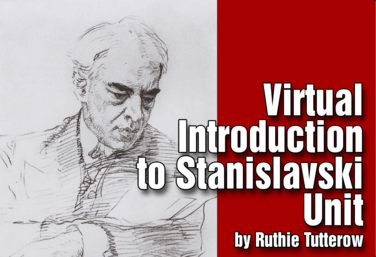
Virtual Introduction to Stanislavski
by Drama Teacher Academy

Part of the Drama One Curriculum
What is Theatre?
by Karen Loftus
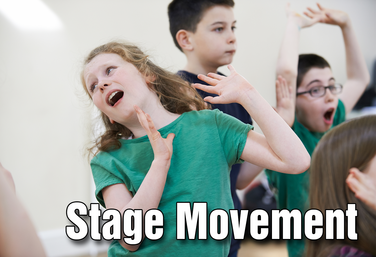
Part of the Drama One Curriculum
Stage Movement
by Karen Loftus
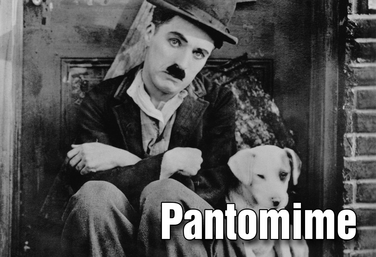
Part of the Drama One Curriculum
Pantomime
by Karen Loftus

Part of the Drama One Curriculum
Voice
by Karen Loftus
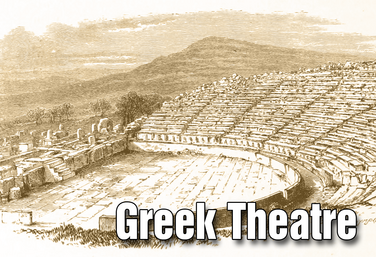
Part of the Drama One Curriculum
Ancient Greek Theatre
by Karen Loftus
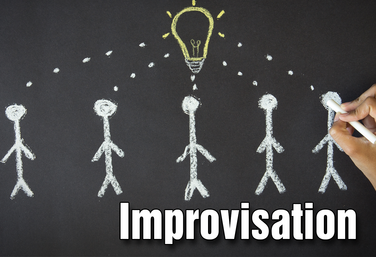
Part of the Drama One Curriculum
Improvisation
by Karen Loftus
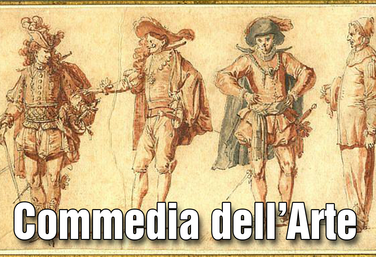
Part of the Drama One Curriculum
Commedia Dell'Arte
by Karen Loftus
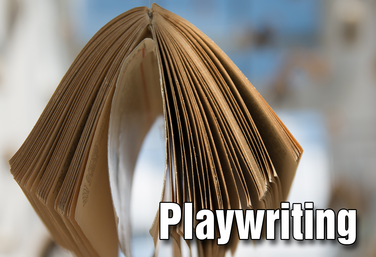
Part of the Drama One Curriculum
Playwriting
by Karen Loftus
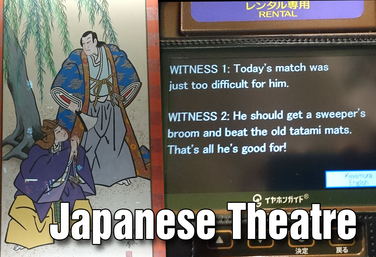
Part of the Drama One Curriculum
Japanese Theatre
by Karen Loftus
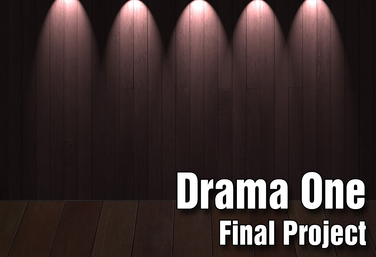
Part of the Drama One Curriculum
Drama One Final Project
by Karen Loftus

Monologue Writing Made Easy
by Matthew Banaszynski
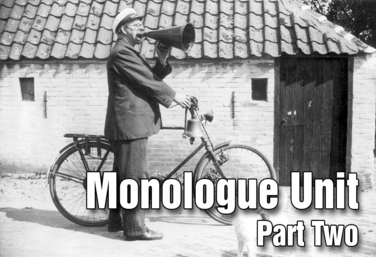
Part of the Drama Two Curriculum
Monologues - Part 2
by Matt Webster
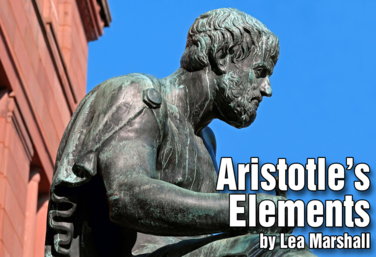
Aristotle's Elements
by Lea Marshall
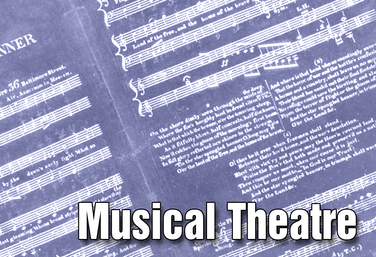
Musical Theatre
by Anna Porter

Decolonizing Monologues
by Nicholas Pappas
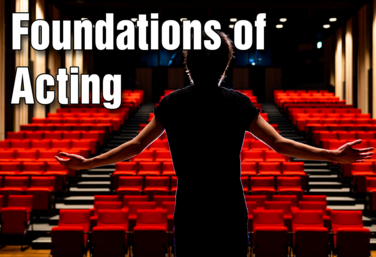
Foundations of Acting
by Annie Dragoo
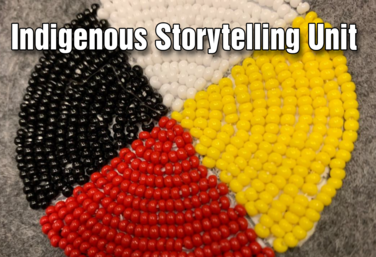
Indigenous Storytelling Unit
by Allison Green

Puppetry
by Jenny Goodfellow
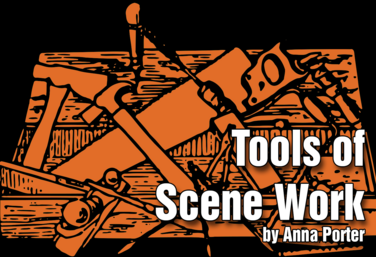
Tools of Scene Work
by Anna Porter
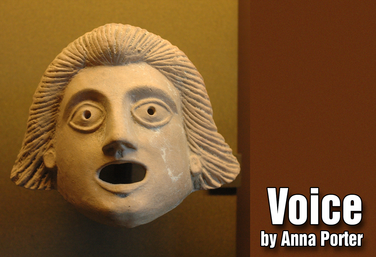
Voice
by Anna Porter

Pantomime
by Angel Borths
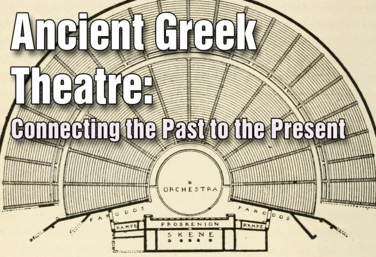
Ancient Greek Theatre
by Lindsay Price

Part of the Distance Learning Curriculum
What is Theatre?
by Lindsay Price and Karen Loftus
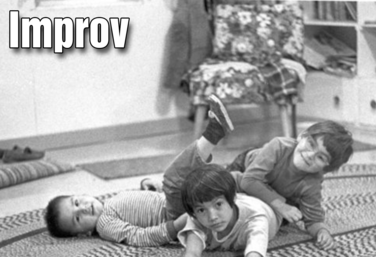
Improv
by Anna Porter
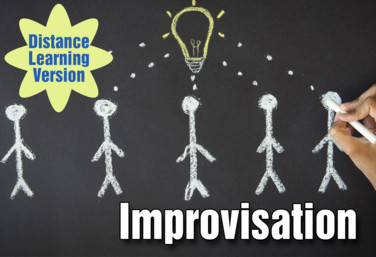
Part of the Distance Learning Curriculum
Improvisation
by Lindsay Price and Karen Loftus

Part of the Distance Learning Curriculum
Voice
by Lindsay Price and Karen Loftus

Pantomime
by Anna Porter

Part of the Distance Learning Curriculum
Pantomime
by Lindsay Price and Karen Loftus
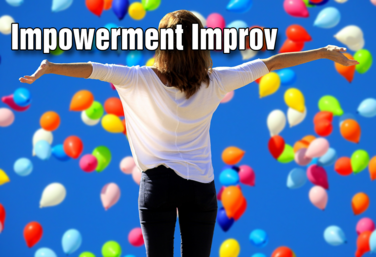
Impowerment Improv
by Jennine Profeta

Character Development with an Indigenous Perspective
by Allison Green
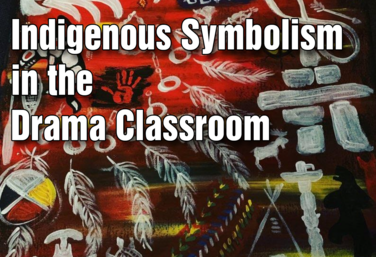
Indigenous Symbolism in the Drama Classroom
by Allison Green
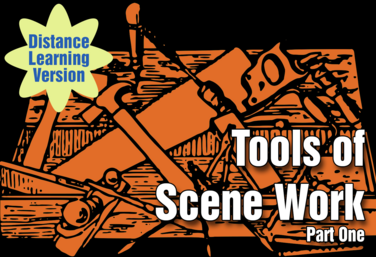
Part of the Distance Learning Curriculum
Scene Work: Part 1, Tools of Scene Work
by Lindsay Price
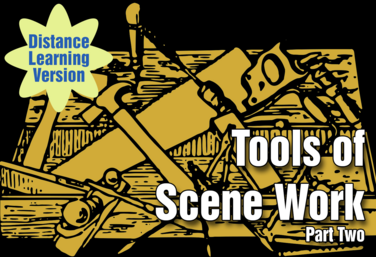
Part of the Distance Learning Curriculum
Scene Work: Part 2, Student Self Staging
by Lindsay Price
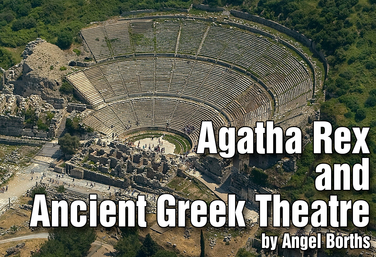
Agatha Rex and Ancient Greek Theatre
by Angel Borths
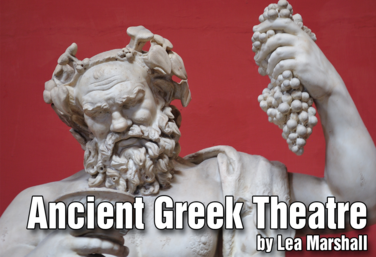
Ancient Greek Theatre - It's All Greek to Me! *Hyperdoc
by Lea Marshall
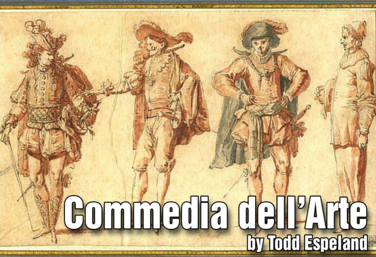
Commedia dell'Arte
by Todd Espeland
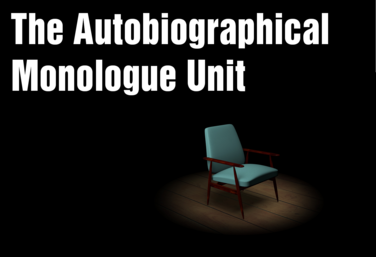
The Autobiographical Monologue
by Gai Jones
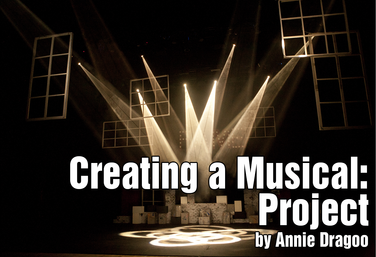
Creating a Musical: Project
by Annie Dragoo
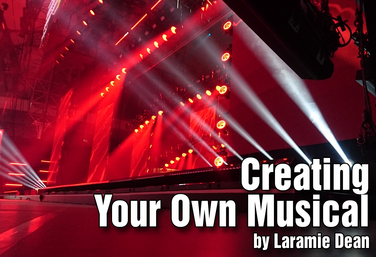
Creating Your Own Musical
by Laramie Dean
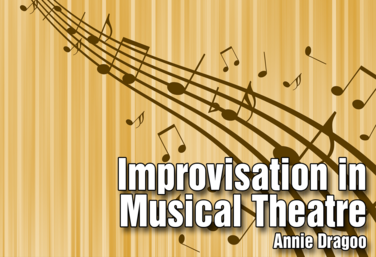
Improvisation in Musical Theatre
by Annie Dragoo
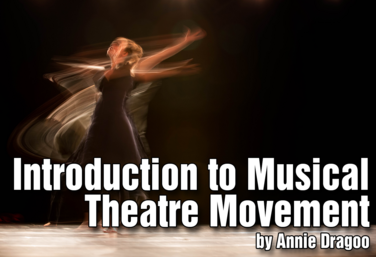
Introduction to Musical Theatre: Movement
by Annie Dragoo
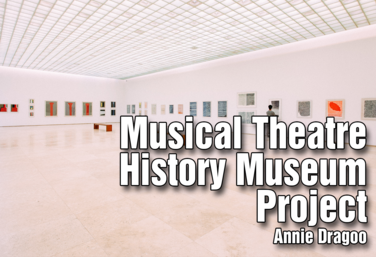
Musical Theatre History Museum Project
by Annie Dragoo
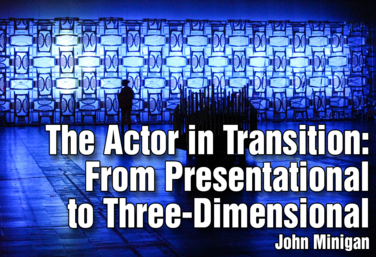
The Actor in Transition: From Presentational to Three-Dimensional
by John Minigan
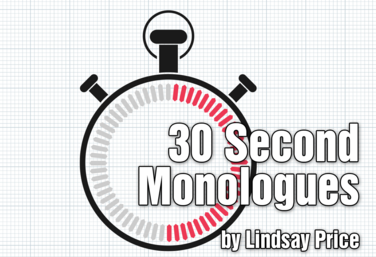
30 Second Monologues
by Lindsay Price
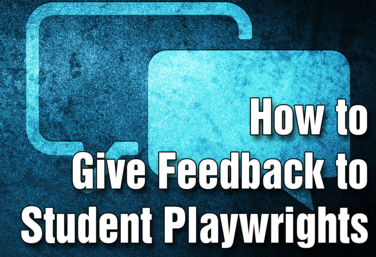
How to Give Feedback to Student Playwrights
by Nicholas Pappas
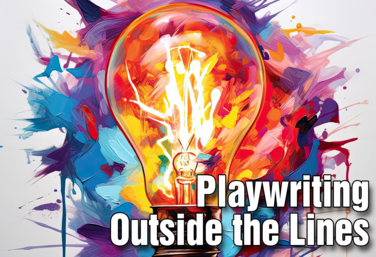
Playwriting Outside the Lines
by Steven Stack
View all Standards for Virginia Standards Of Learning (2020) Standards Master List